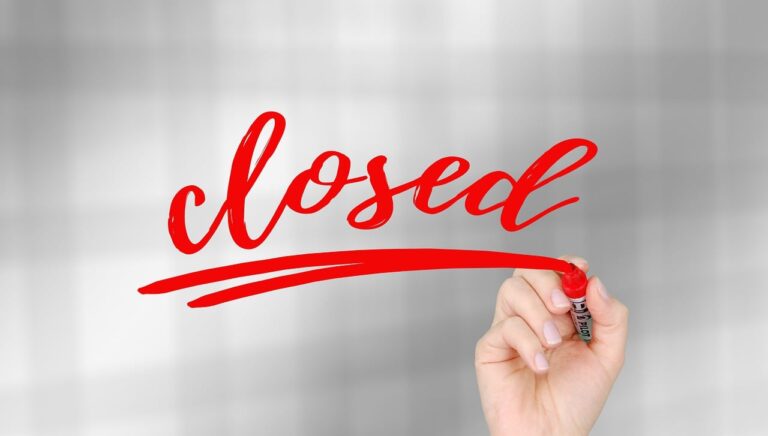Weekly Fiscal Facts are provided to Wisconsin Newspaper Association members by the Wisconsin Policy Forum, the state’s leading resource for nonpartisan state and local government research and civic education. The Wisconsin Policy Forum logo can be downloaded here.
Amid a troubled overhaul of the federal process for applying for student financial aid, the share of Wisconsin high school seniors completing the application so far this year has plummeted.
The largest declines thus far have been at schools with greater proportions of marginalized students. While the completion gap appears to be narrowing as students near commitment deadlines, such delays still risk causing lasting impacts for students, colleges, and the workforce.
Federal officials this year overhauled the form for the Free Application for Federal Student Aid (FAFSA). It was meant to streamline the FAFSA application process — a key first step for millions of students to decide if, and where, to attend college. But instead, the rollout of the revamped FAFSA has been beset by technical glitches and processing errors that have resulted in substantial delays affecting students, families, and higher education institutions.
As a result, FAFSA completion rates have plunged, both nationally and in Wisconsin. Through April 26, completion rates in Wisconsin had declined to 33.9%, compared to 42.4% at this point in 2023, U.S. Department of Education data show. The decrease was even greater at schools with larger shares of students who are nonwhite, live in economically disadvantaged households, or do not speak English as their first language.
It’s also important to note that in recent years, Wisconsin’s total FAFSA completion rate has lagged the nation’s. That also remains true so far in 2024, as data from the nonprofit National College Attainment Network (NCAN) show Wisconsin’s completion rate (through April 26) ranking 35th among the states.
In one encouraging sign, from March to April of this year, Wisconsin’s FAFSA completion rate increased by nearly three times as many percentage points as it did for the same time period in any of the prior five years. This is a possible indication that families are successfully playing catch-up in completing applications as they near the dates at which students must commit to colleges or universities. Still, as those deadlines near, the confusion and uncertainty has affected all involved.
With the clock ticking, Wisconsin school officials and policymakers are trying to ensure that students know there is still time to complete their FAFSA forms. Some districts, such as Milwaukee Public Schools, are regularly communicating with families that have not yet completed the FAFSA. “FAFSA drives” hosted by school districts, universities, state officials, or community organizations, can galvanize completion by bringing many applicants into a single room and providing completion support on the spot.
Wisconsin’s rank among the states in FAFSA completion rates shows there is substantial room for improvement. Nearly two-thirds of the state’s expected high-paying job openings through 2030 are expected to require a college degree. A successful effort to boost FAFSA completions could increase not only college attainment but also economic mobility, while potentially helping to narrow Wisconsin’s gaping divide in educational equity.
This information is a service of the Wisconsin Policy Forum, the state’s leading resource for nonpartisan state and local government research and civic education. Learn more at wispolicyforum.org.



